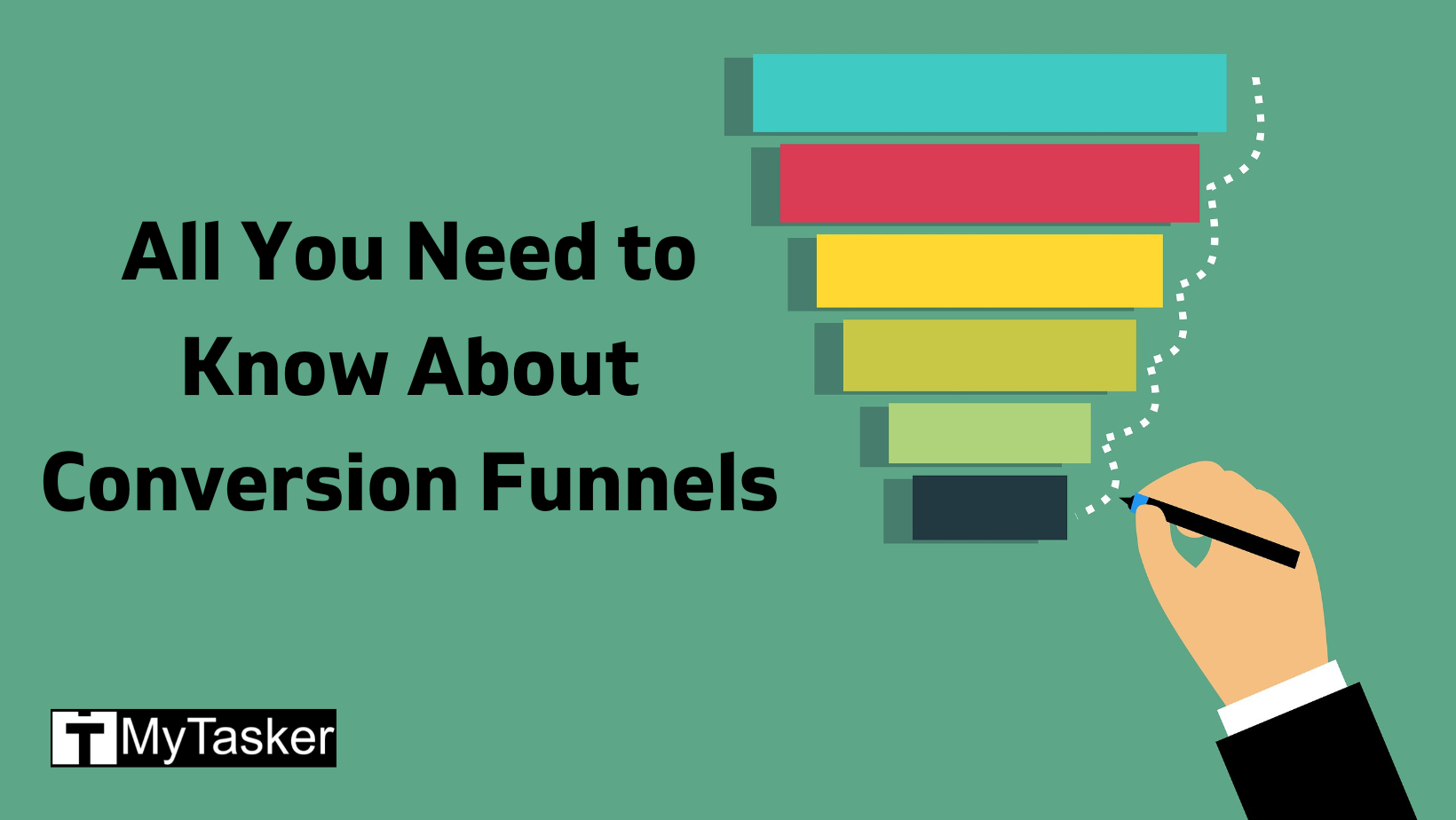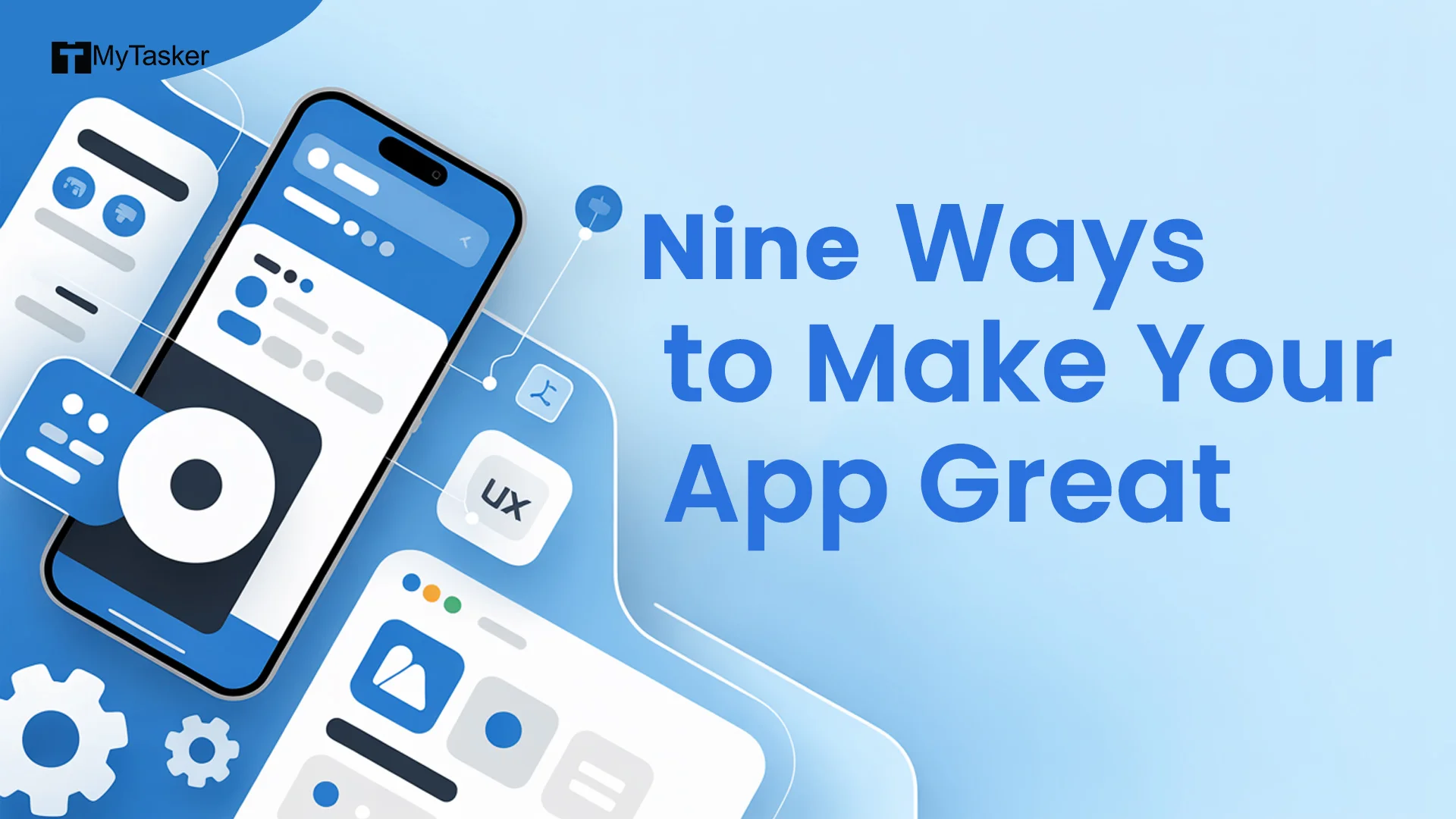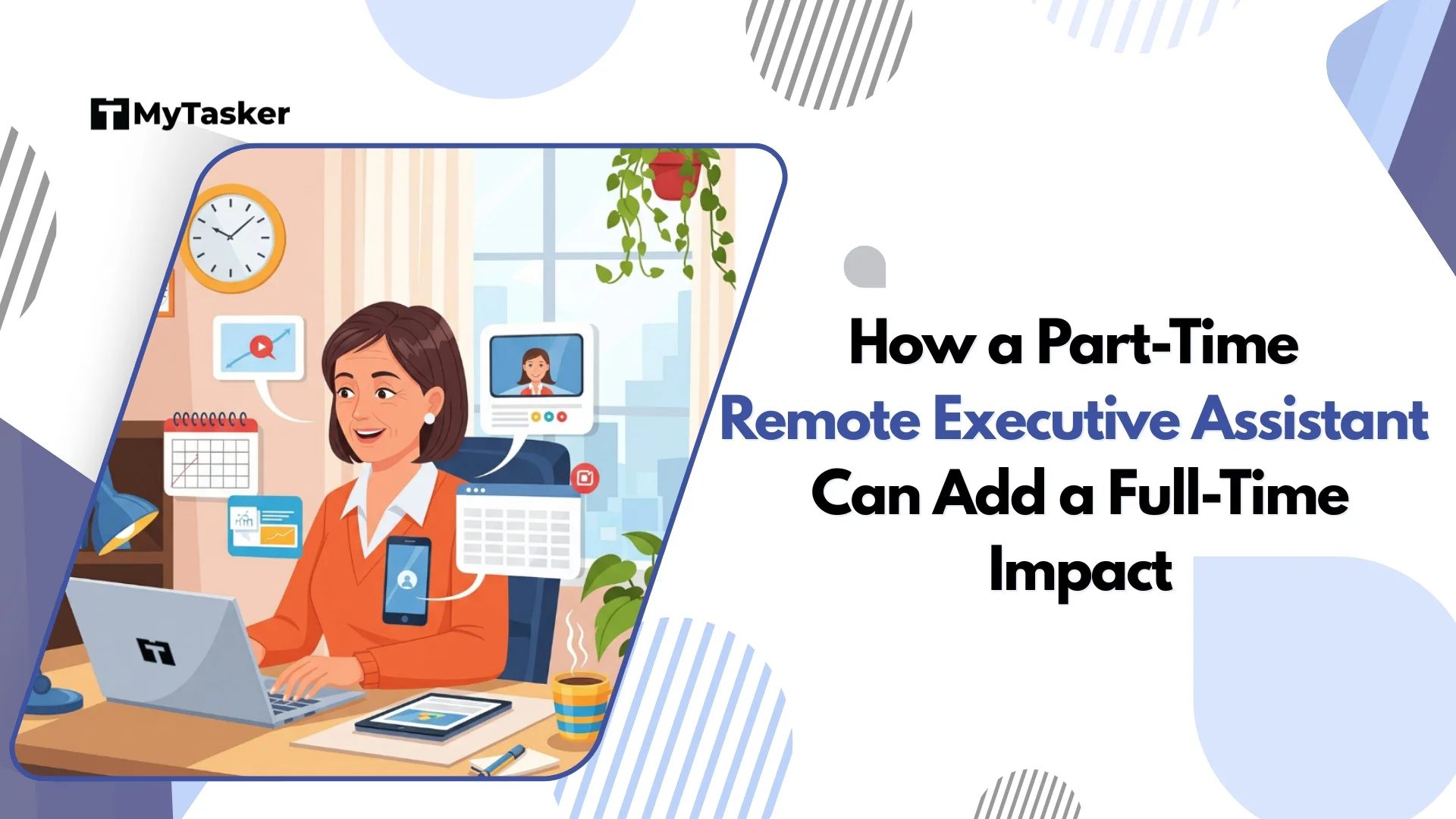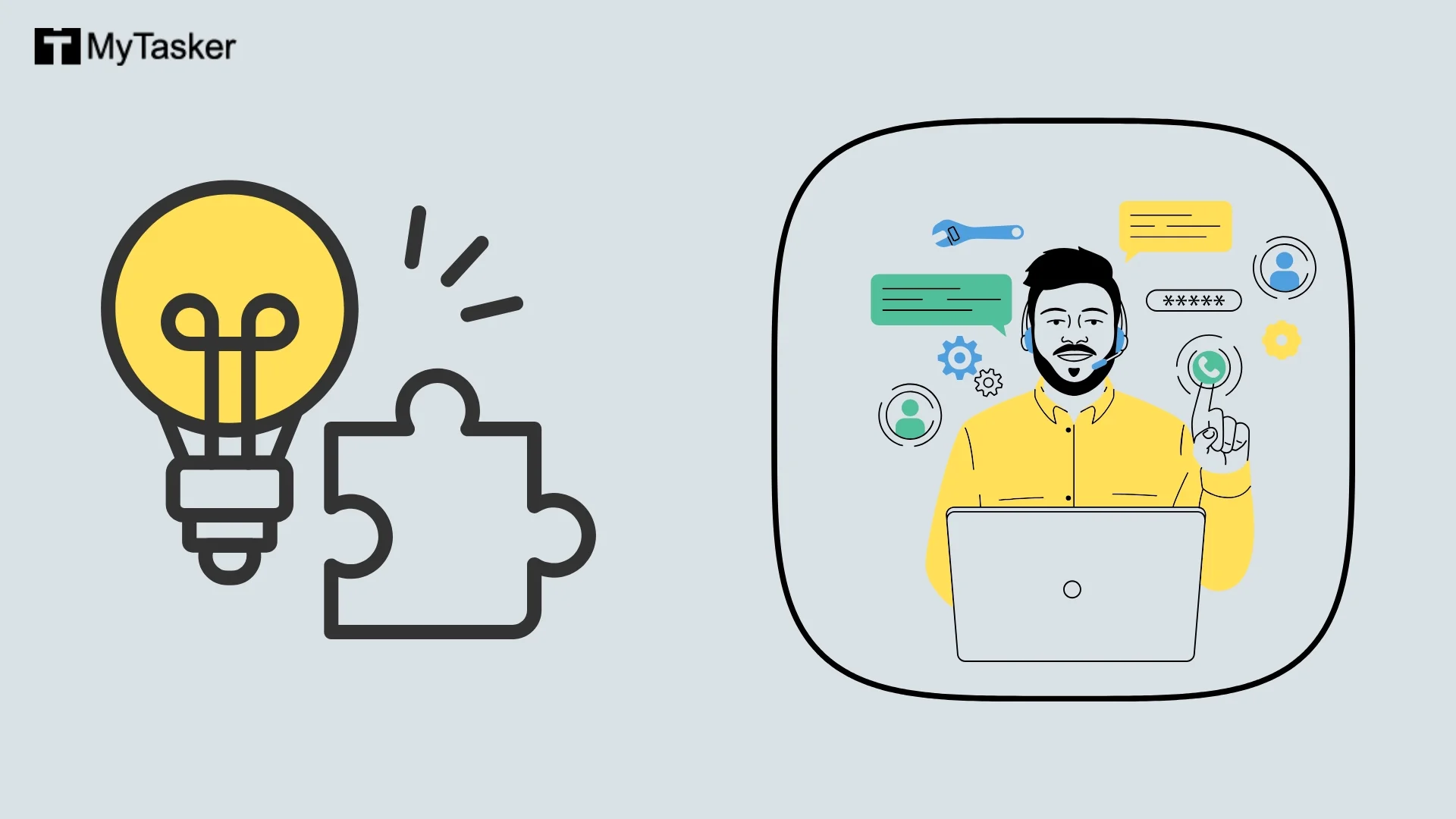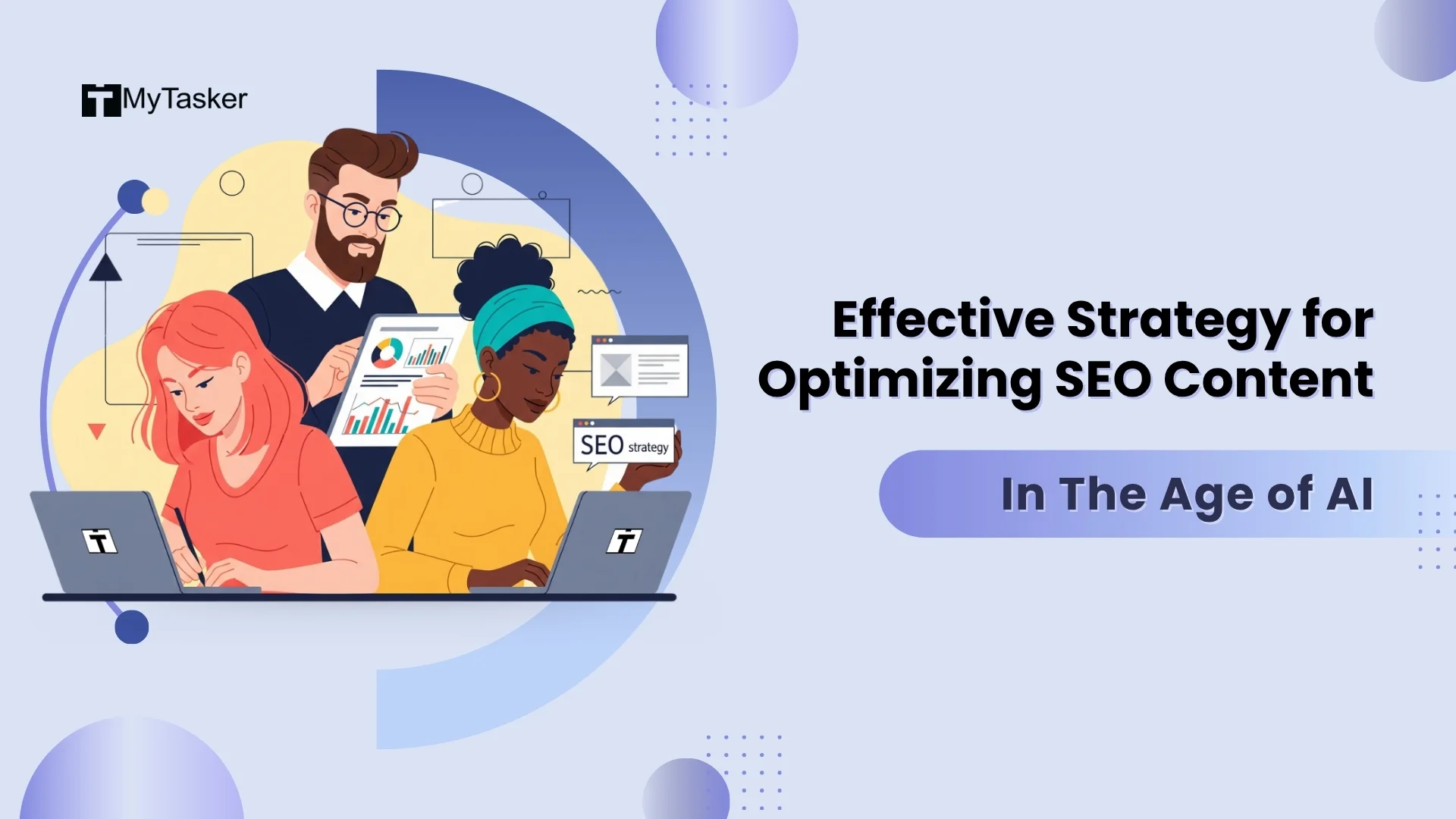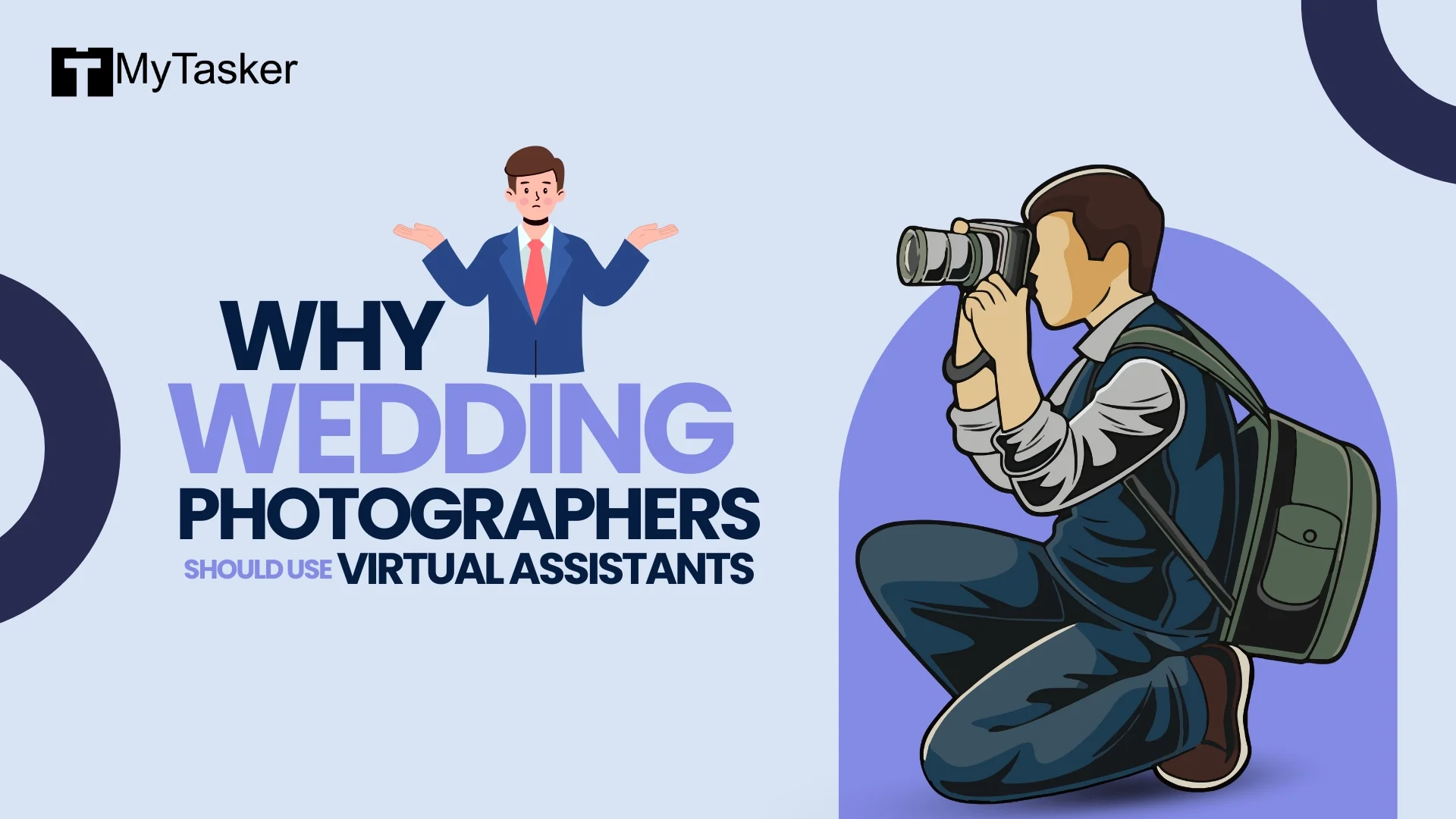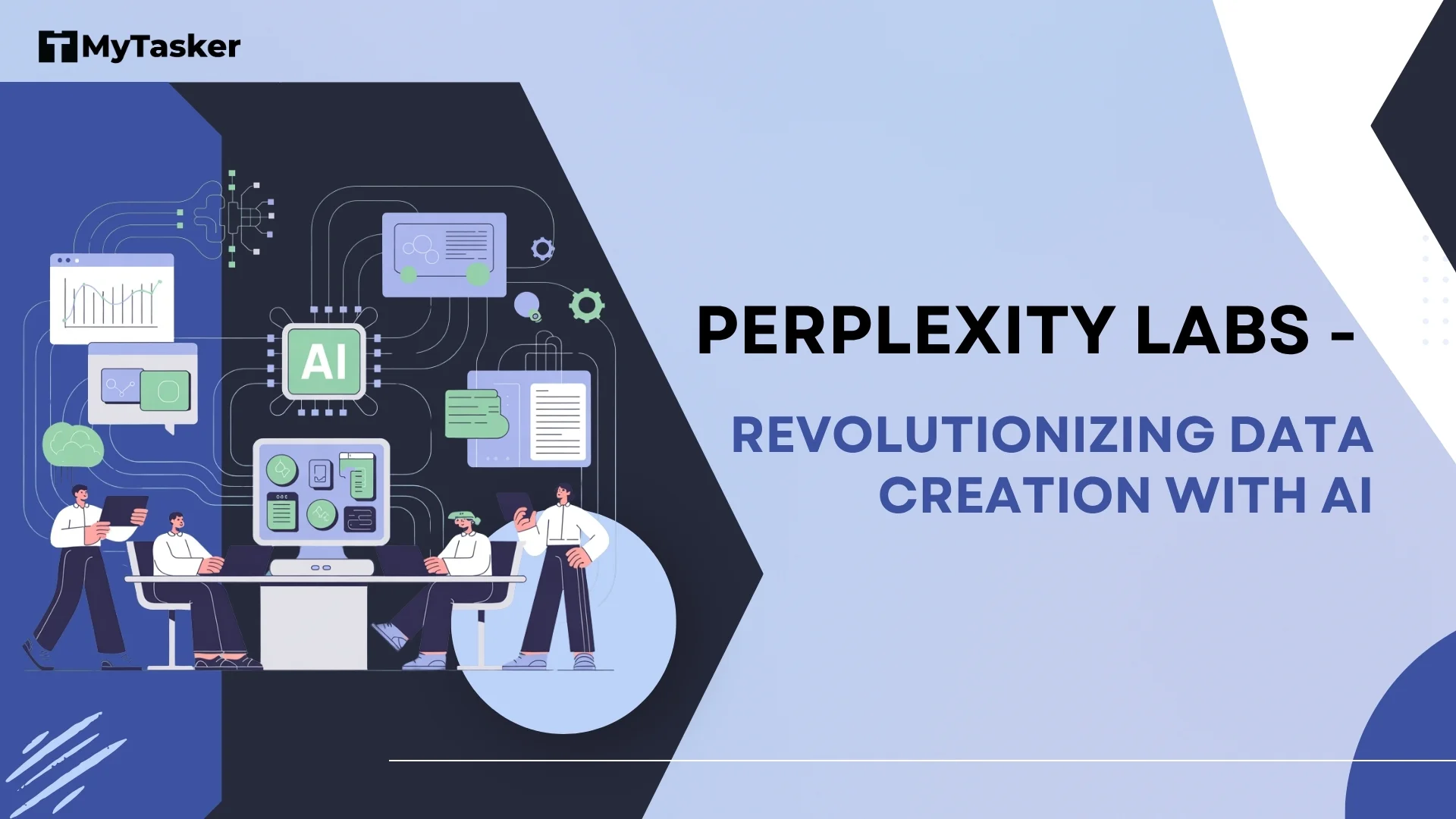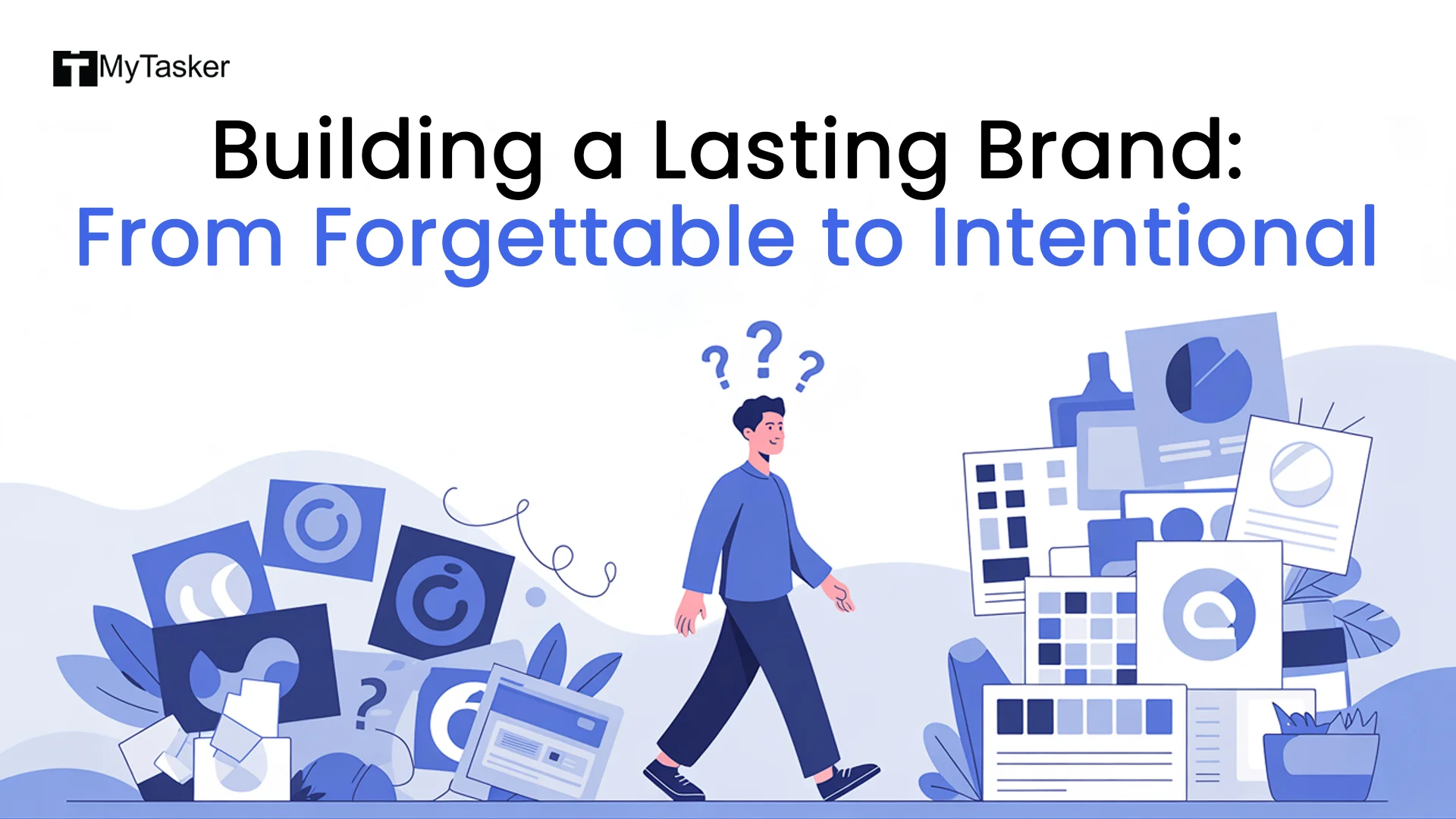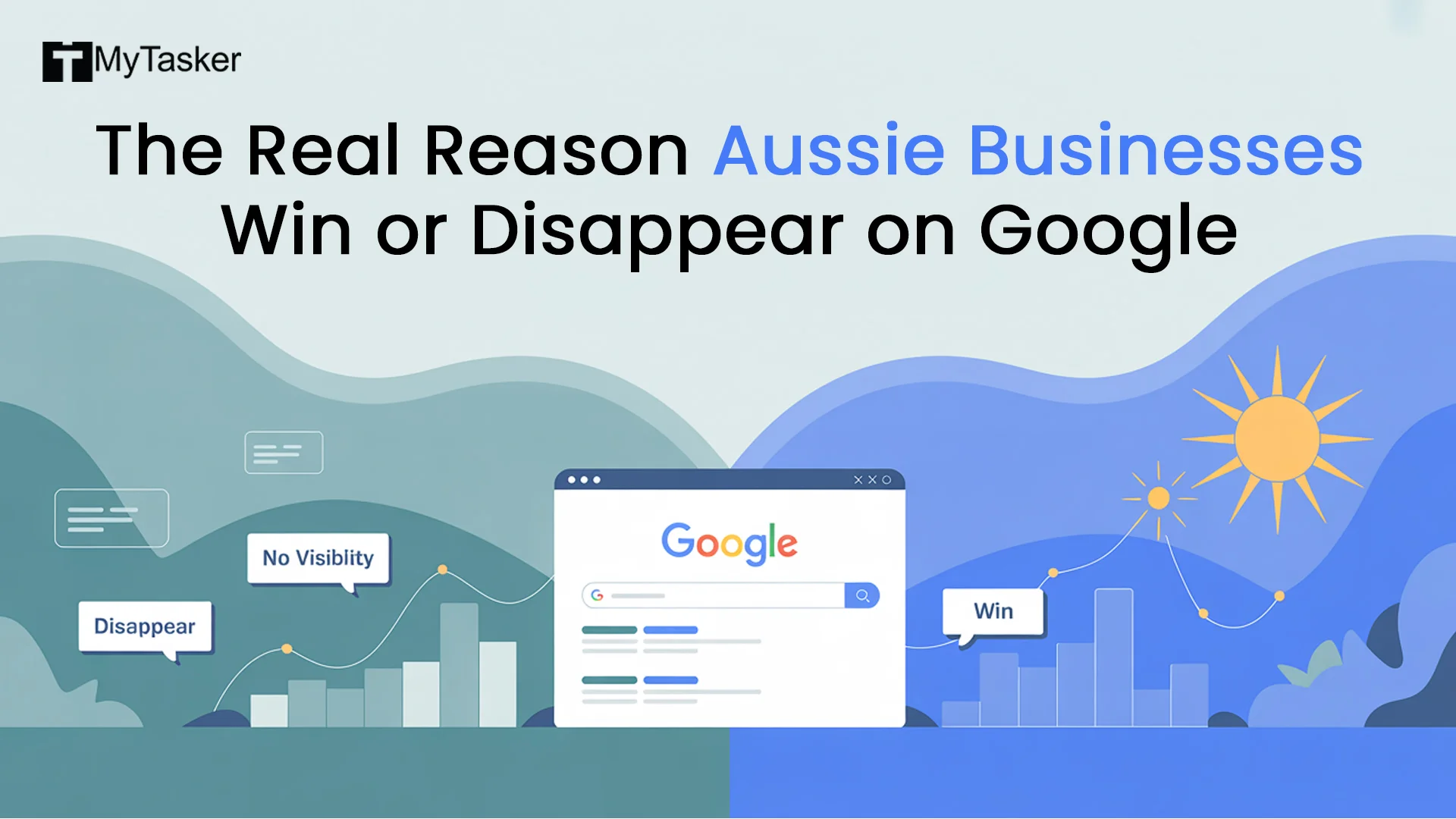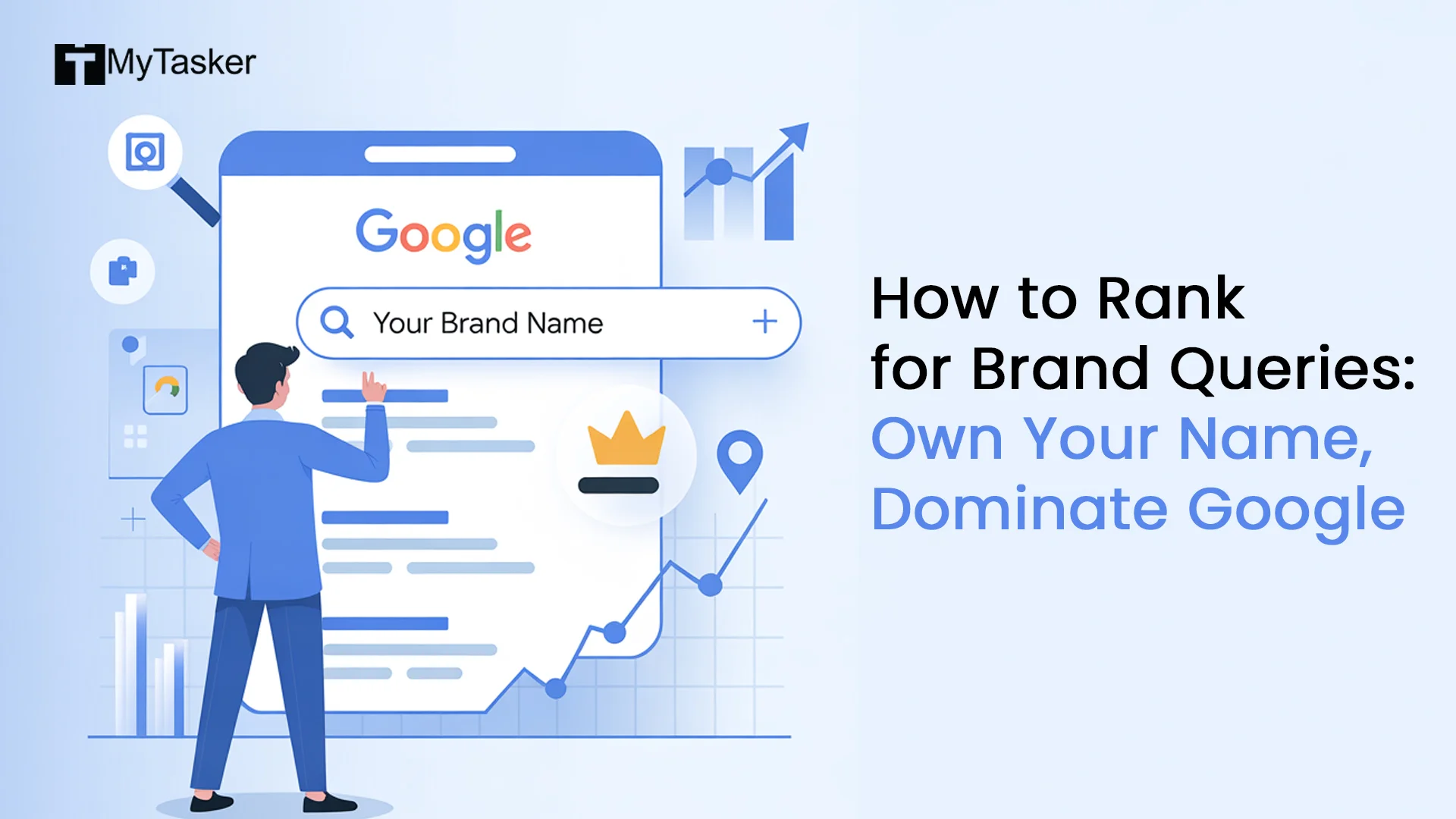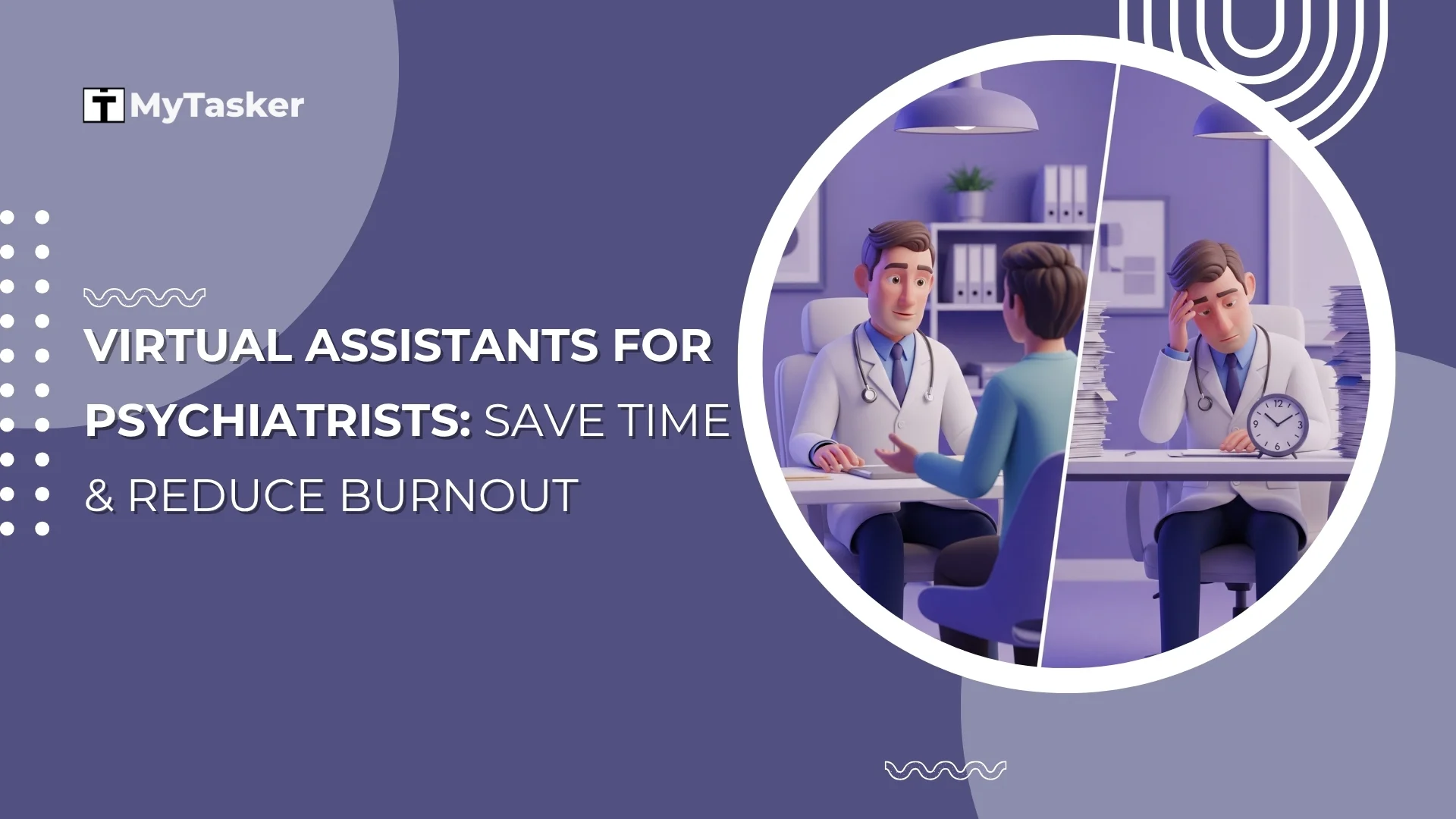Conversion Funnel - Definition
Conversion Funnel also referred to as the Awareness, Interest, Desire and Action (AIDA) model or the Sales Funnel, is a compelling marketing gimmick used in the business industry to trace the journey of an internet user from being a website visitor to a paying customer. This funnel has several stages categorizing a customer’s journey from the point where a viewer learns about the brand from multiple advertisement channels or trusted sources to the point where they become customers to buy products or services. The volume at the top of the conversion funnel is high, which drops significantly by the base of the funnel.
For the sake of convenience, this funnel is classified into three segments -
Top of the funnel (TOFU) - This is the section consisting of the people who would have recently discovered the brand or company. This section consists of people who could be on a site for explorations, curiosity about the product, wish to buy the product and also those who clicked the advert by mistake. This is the broadest section.
Middle of the funnel (MOFU) - It is the longest and most crucial class. This stage determines whether a visitor will choose to convert to a paying customer or abandon the process. Here, in this stage, a visitor obtains knowledge of the brand through means like social media posts, website layout, customer reviews, product description, etc. and then makes a decision.
Bottom of the funnel (BOFU) - The base or end of the funnel has successfully converted visitors who intend to purchase the product or services. This section is the narrowest of all.
Importance of Conversion Funnels
Conversion funnels are vital for companies to analyze and administer remedial measures to maximize their conversion funnel optimization. The goal is to convert as many customers as possible and retain their trust. The conversion funnel optimization can be relevant in the given ways -
- Analyze and optimize marketing strategies to suit the demands of customers;
- Segregate different sections and rework the sections where a customer loses interest;
- Survey customer behaviour and tendencies to design policies accordingly.
Stages of conversion funnels
Conversion Funnel Metrics can be divided into five distinguished stages -
- Awareness - This element refers to spreading the word about the brand. This can be achieved via various online channels, social media platforms or brand promotions. The most used awareness campaign channels are -
- Internet advertisements or PPC (Pay per click)
- Affiliate marketing
- Radio or Television commercials
- Ads in Print media - Newspapers or Magazines
- Podcasts
- Social Media posts
- YouTube ads
- Advertisements or links on blogs and other online websites
- Organic reach through quality content
- One of the fruitful conversion funnel marketing strategies is to actively target all the above-mentioned channels at scheduled times. Thus being present in the eyes of a large number of people
- Interest - Harboring a visitor to a product or service is an important driving factor. Visitors can only become potential customers if they like what they see after coming to the website. To grab their attention, methods of approach could be -
- Attractive social media posts reflecting brand deals, discounts, offers, themes, etc.
- Customer reviews and services provided by the brand
- Brand reputation
- Desire - In this phase, a customer decides why this brand is better than the other contemporary brands in the market. Here the USP comes into play. If the brand has well defined USP (Unique selling proposition), this makes it easier for customers to decide. For example - one mobile phone brand may have a good camera, and another brand may have a good battery. If this USP is advertised well in the product description, the buyers who wish to purchase a phone with a good battery will swarm to that particular website only. This way, one can have a select audience that has a high conversion rate.
- Elaborate and detailed product description page.
- Social media influences
- Numerous vivid pictures.
- Video content customized as per Youtube and social media standards.
- Downloadables such as pdf, white papers etc.
- Conversion - Also known as the action stage, it is considered the final stage as per some representations of the conversion funnel. This stage announces the transition of a visitor into a customer. The conversion stage can be optimized by incorporating the following measures-
- Offering discounts and attractive deals at the checkout.
- Notifying the customers through push messages or email marketing in case the customer abruptly abandons the checkout process.
- Enhancing the payment windows for faster checkouts.
- Re-engage - This is the loyalty stage, where a customer repeatedly engages with the brand or renews a subscription to a service. These customers are regular and loyal to the brand, and their infiltration enables the company to cut costs in a number of ways. These customers are already at the end of the funnel, thus saving the effort of advertising to them. The most efficient and organic form of marketing is via word of mouth. A happy customer can bring more customers with the least effort on the company's part. Likewise, if customers are not satisfied with the services and products, they will find a way to post negative reviews and share their experiences on social media as well. This, in turn, will prove to be a severe blow to the brand image and reputation. To improve customer engagement, a brand can -
- Respond to customer queries and complaints in a timely manner.
- Address customer grievances and feedback.
- Easy returns and refunds
- Fast pick-up and delivery options
- And more.
An experienced digital marketing consulting firm may play an important role in understanding and optimizing your conversion funnels. They help you create an effective strategy so that you can walk through all the stages that a potential customer goes through before making a desired action.
Most important KPIs when measuring the conversion funnel
REPURCHASE RATE - This is the rate at which a customer repurchases a product or service within a dedicated timeline that differs between 1-6 months. The greater the number of times a person makes a purchase, the higher the repurchase rate.
RETENTION RATE - as the name suggests, it refers to the number of customers retained by a company. This is often used for subscription-based businesses to determine the rate of consistent customers availing of recurrent subscriptions.
AVERAGE ORDER VALUE - AOV defines the average amount a customer spends on purchasing your products or services, thus generating an estimate of business revenue for a dedicated time period. This can aid the company in providing valuable strategies in terms of crisis or financial management.
CUSTOMER LIFETIME VALUE - Assessing how much a customer is expected to pay in their entire lifetime will help decide which area to focus the marketing on. If new customers bring more business than the existing customers, then a brand can base its strategy on roping in more clients.
ADD TO CART RATE - This metric tells you how attractive the products are. It determines the customer's interests and ease of access to the website.
CART ABANDONMENT RATE - This suggests the percentage of people who drop the idea of buying a product or service despite being interested. This could be for a number of reasons, such as monetary preferences, issues with navigating the cart or checkout page, etc.
CLICK CONVERSION RATE - This is calculated by dividing the number of conversions a company earns by the number of clicks it receives. This KPI is instrumental in suggesting the most prolific conversion channel.
CONVERSION RATE - Overall, customers who convert to customers or subscribers. This rate is higher the better.
By leveraging automation and data analysis, a digital marketing virtual assistant can contribute to a more efficient and effective conversion funnel, ultimately driving better results and optimizing KPIs.
Bottomline
What shows, sells! Hence your brand needs to make the best show. These KPIs help conversion funnel analysis and hence boost marketing strategies. It helps evaluate several aspects of the sales conversion funnel to improve business processes and achieve sustainable growth.
If you want sustenance for your business and want to know how to create the perfect conversion funnel, contact MyTasker Today! We are a 24/7 professional virtual assistance services company that is committed to taking your business to the next level of success.



